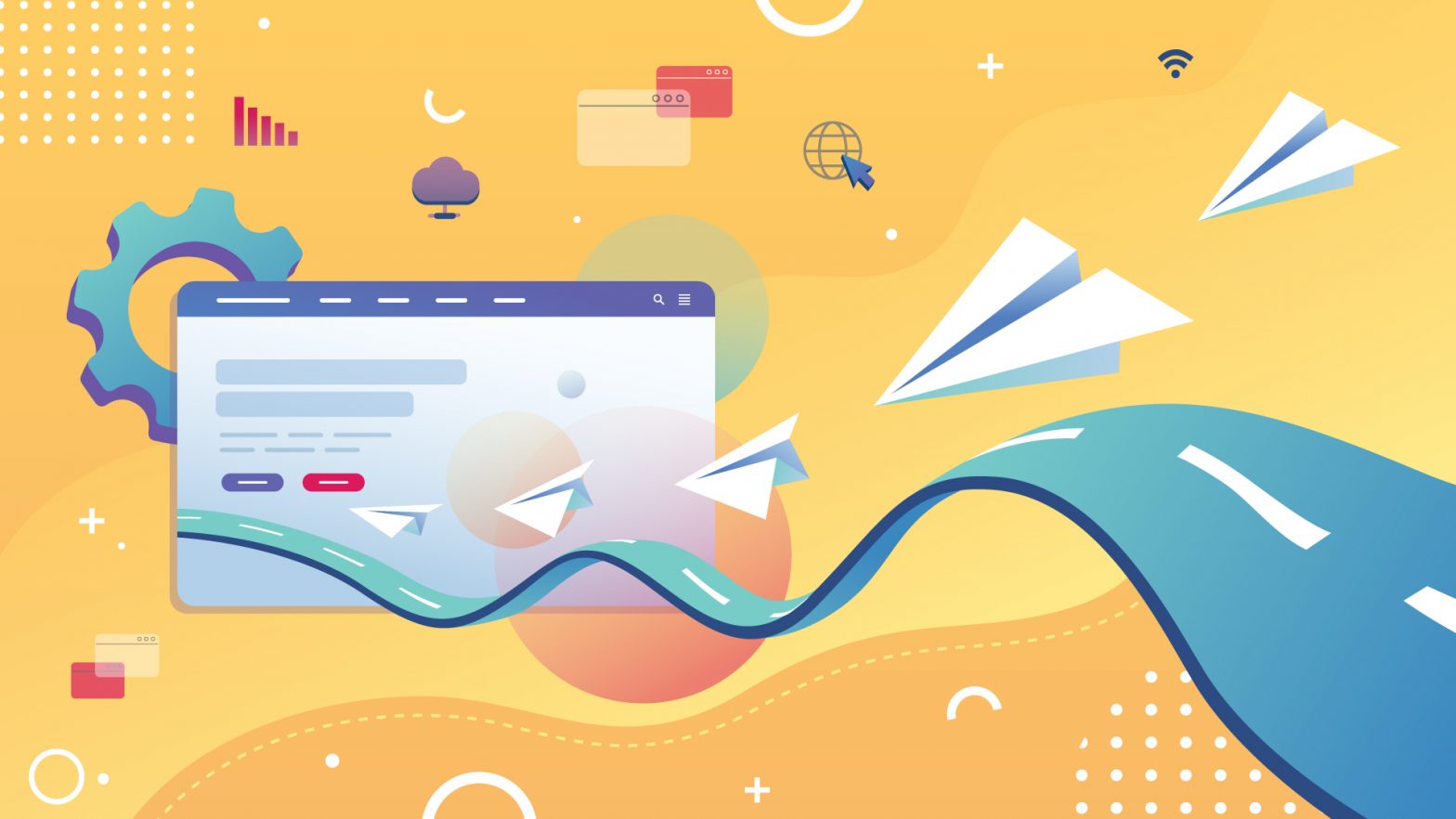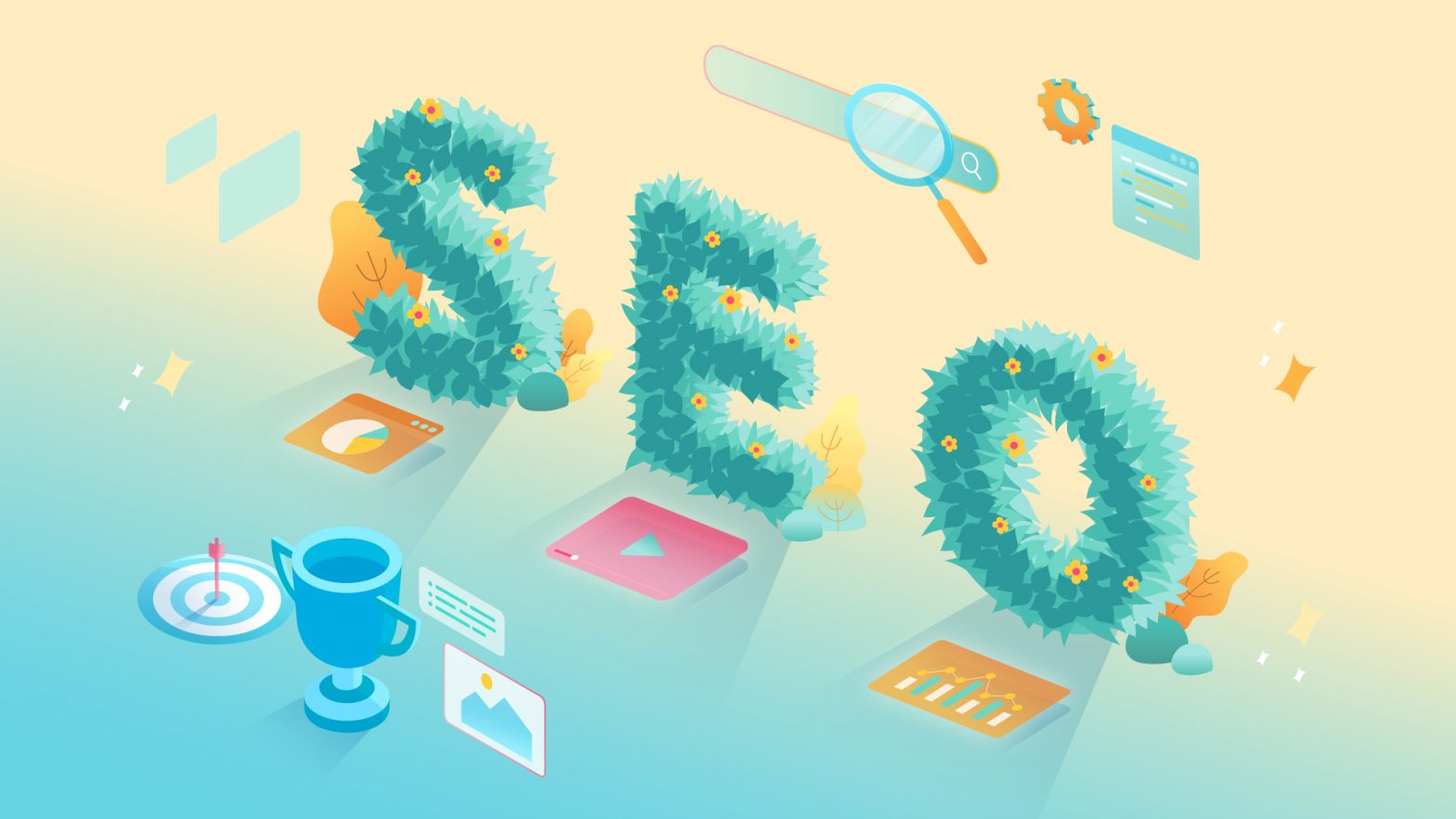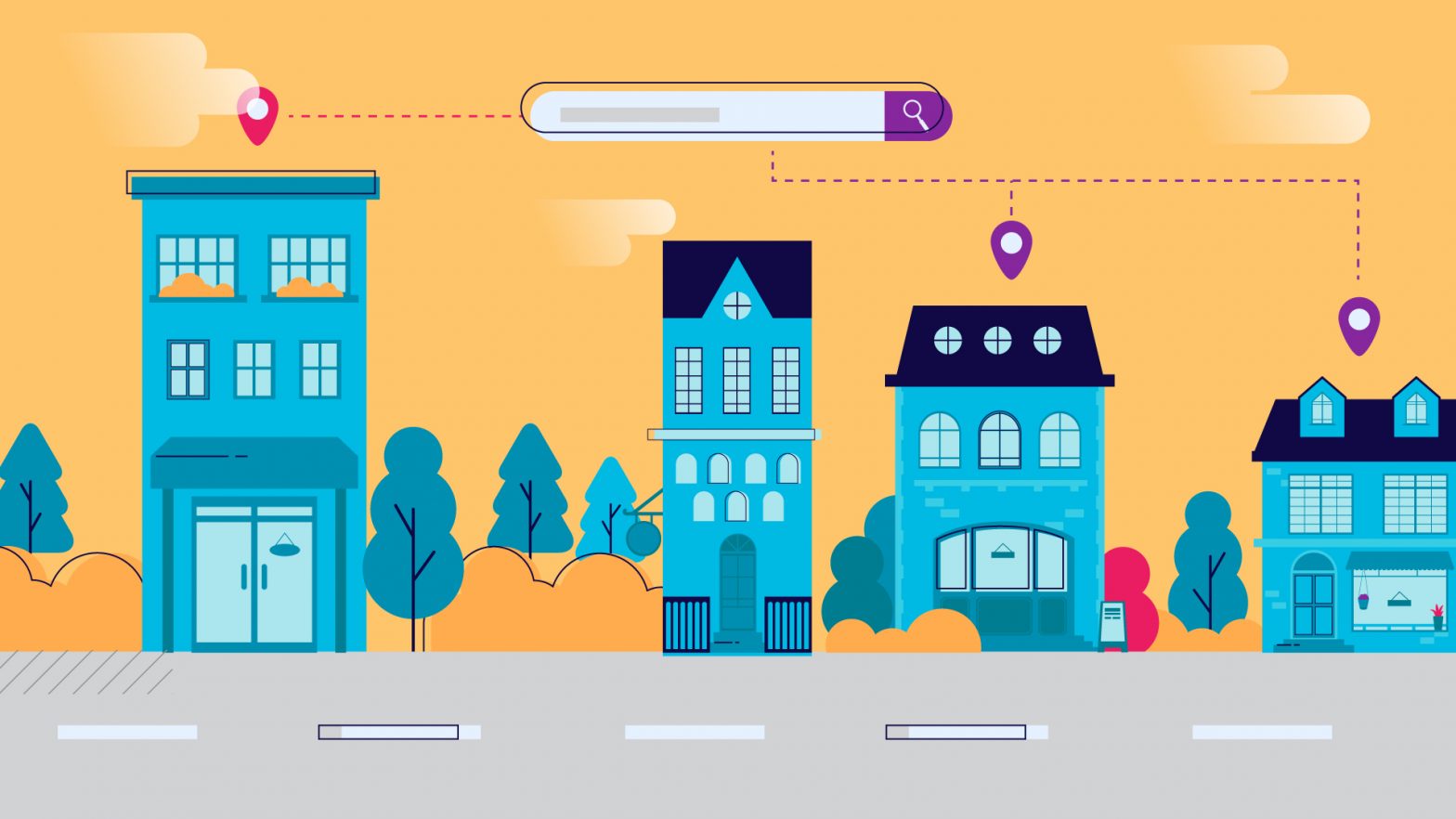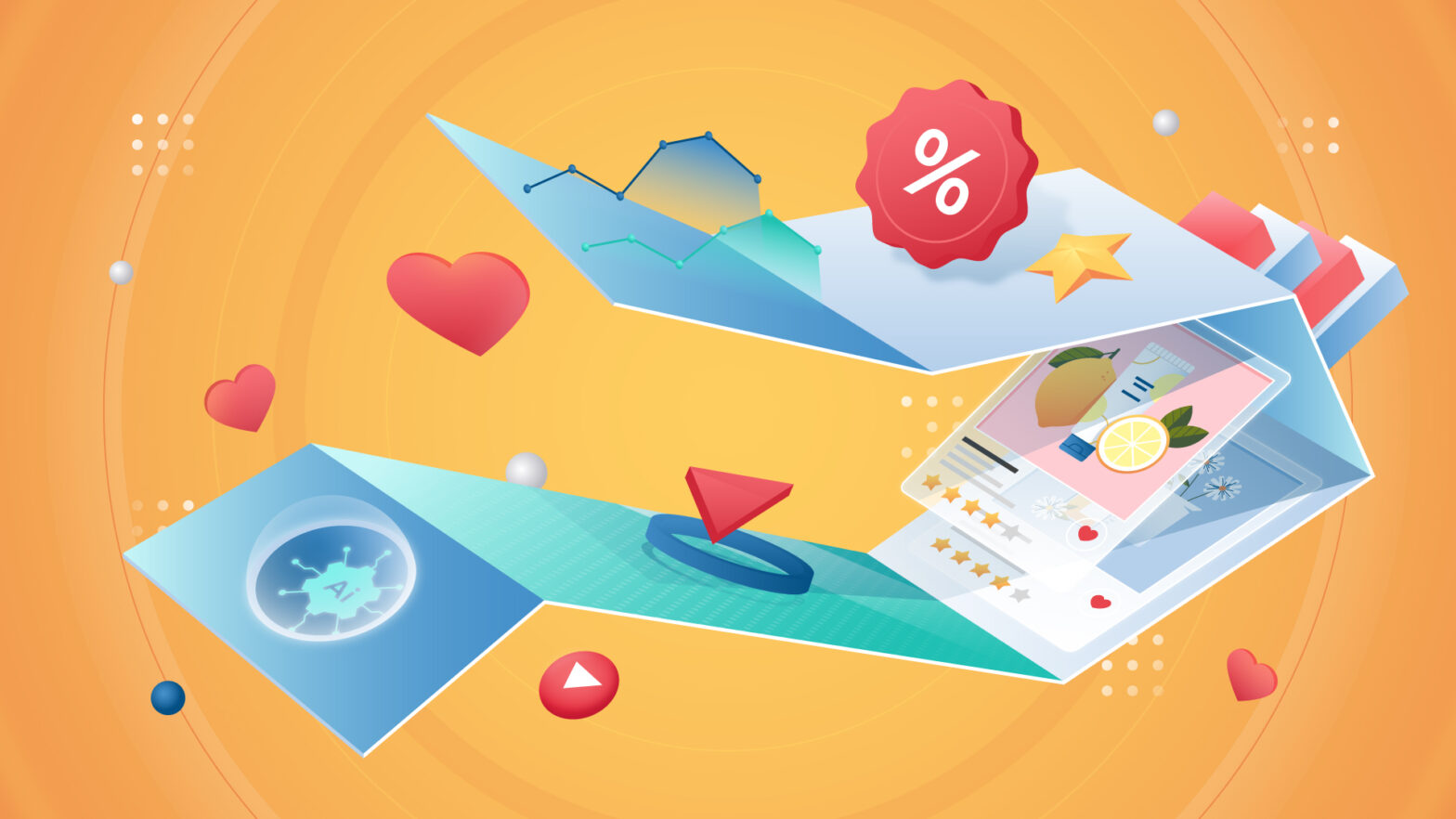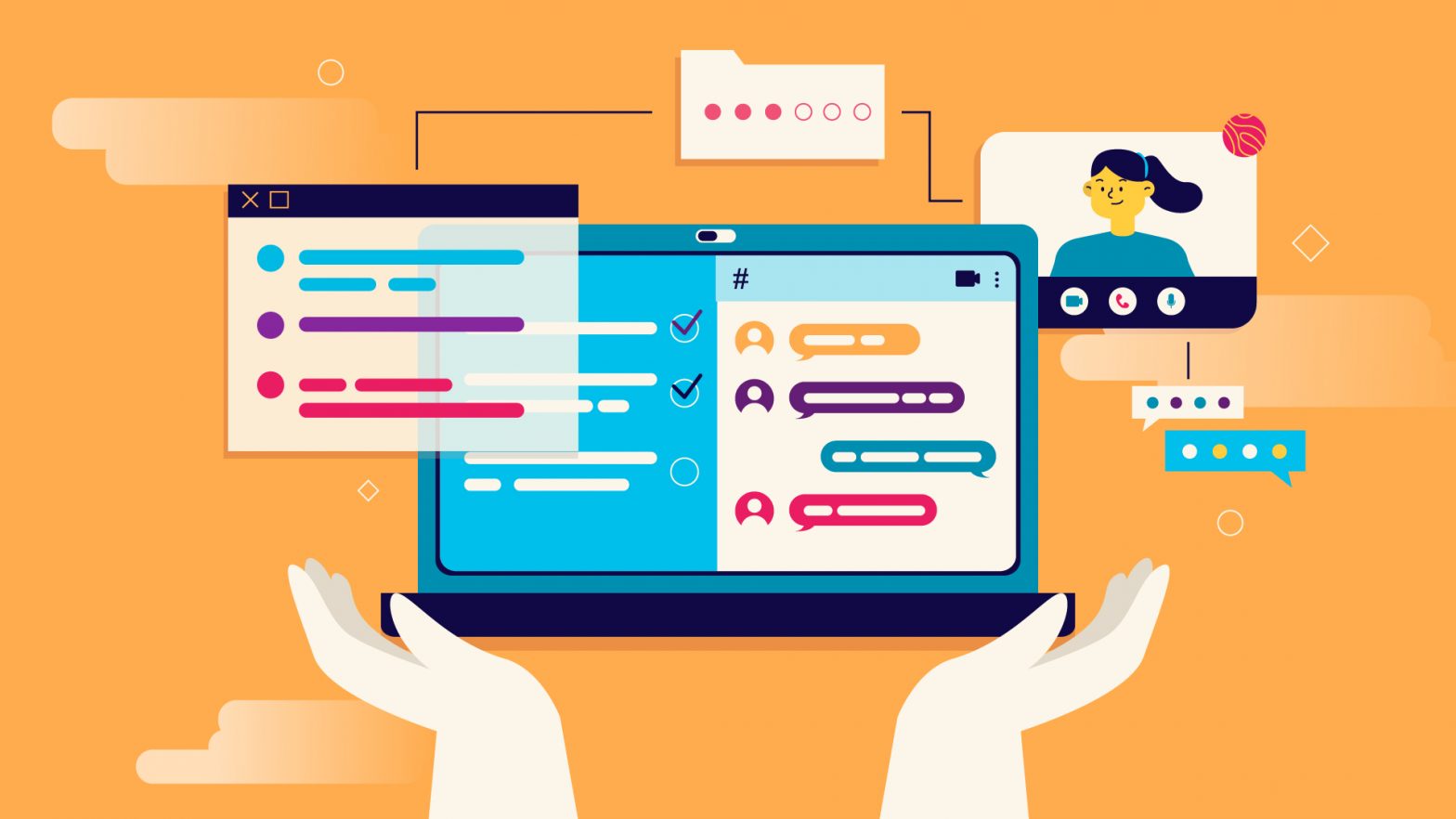Attracting high-quality traffic to your landing pages — whether through content marketing or paid advertisements is the essential first step toward converting customers.
However, the fact remains that getting your target audience to invest in your solutions/services requires you to:
- Leave a stellar first impression.
- Make web visitors see that you offer the best solution for their pain points.
- Show that you run a credible and trustworthy business they can confidently invest their hard-earned money in.
With this in mind, it’s only logical that your landing pages (and your entire website, for that matter) must appeal to your ideal customer.
So, if you’re looking to boost conversion rates, capture more high-quality leads, or ensure that your business enjoys a reputation of reliability and trustworthiness among your target audience.
Here are the five best tips for creating landing pages with your ideal customer in mind.
Demonstrate That You Understand Your Audience’s Needs
The most important thing you must do to create landing pages that will appeal to your ideal customer is to show that you understand your audience’s needs.
Over the past few years, consumer priorities and buyer behaviors have shifted significantly. Research shows that people no longer feel like they must:
- keep up with trends
- stay loyal to brands, or
- spend the same amount of money they used to
So, brands trying to win over new customers must work twice as hard to achieve high engagement levels, encourage conversions, and nurture brand loyalty.
Fortunately, this isn’t an impossible feat to accomplish. Winning buyers over still rests on a few cornerstone tactics. The most impactful of these is proving that your business knows what its audience wants/needs and can deliver on its promises.
By employing the right design and copywriting tactics, you can effectively call web visitors’ attention to the fact that you understand their pain points, have the expertise to solve them, and can be trusted to provide a positive shopping experience.
The best way to do this is to use the one section of your landing pages where web visitors are guaranteed to look — the header.
By utilizing this space to demonstrate your understanding of web visitor needs/frustrations/aspirations, you can create an instantaneous positive connection between your audience and your brand and maximize their chances of converting into customers or leads.
For an excellent example of how one business does this, check out BaseLang. By capturing web visitors’ attention with the promise of unlimited one-on-one Spanish lessons and then answering their questions with a two-minute explainer video, the brand successfully positions its product.
Or, if you want to achieve an even more memorable effect and cement your reputation as the only brand your ideal customers can rely on to solve their pain points, use emotional landing page design practices.
For a great example, take a look at the 1Password homepage. Here, the brand addresses its target audience’s biggest fear, and then reassures them that, the consequences of forgetting a password no longer have to be as dire as they used to.
Be Very Clear About Who Your Solution Is (or Isn’t) For
Though your primary goal for creating landing pages that will wow your ideal customer may be to convert more clients, you must remember that your brand’s reputation heavily depends on your ability to deliver an enjoyable customer experience.
So, instead of doing everything in your power to present your products and services as the only option in the market, be crystal clear about who your solution is or isn’t meant to be used by.
For example, if you check out the Smash.vc Best Investing Newsletters landing page, you’ll see that the brand courageously compares its newsletter to several similar products.
The brand does this knowing that its email campaigns meet the needs of a highly specific target audience, preferring to convert subscribers by being honest about what they can expect rather than risking its reputation by delivering irrelevant emails.
For an even more elevated approach to creating landing pages with your ideal customer in mind, you can consider enriching your site with interactive content.
Dynamic formats — like quizzes and surveys — significantly boost engagement rates. Moreover, they add a touch of personalization to your landing pages.
So, if you’re trying to wow your target audience, it’s not a bad idea to let them find out whether your solution is the right fit for their needs.
For instance, if you look at the FOCL homepage, you’ll see that it includes a Product Finder Quiz section, which helps web visitors identify products that could solve their pain points.
Ultimately, this type of content doesn’t just demonstrate that your business cares about delivering relevant shopping experiences to its customers.
It’s also an excellent way to boost customer satisfaction rates, as it can be a great way to prevent people from investing their hard-earned money in solutions that don’t fully meet their requirements.
Optimize Landing Pages for User Intent
When creating landing pages with your ideal customer in mind, remember that not all web visitors will be in the same stage of the buyer’s journey when landing on your site. So, to achieve the best possible results in engaging and converting your audience, do your best to optimize landing pages for user/search intent.
On the one hand, when creating landing pages for people who need their questions answered, your primary objective should be to optimize these online resources for informational intent.
For instance, check out the How to Skateboard Beginner’s Guide page on the Skateboarding website. You’ll see that the resource is fully optimized to present awareness-stage consumers with easy-to-comprehend information about the basics of skating.
Source: skateboarding.com
On the other hand, if you’re trying to attract people in your target audience who are slightly further down the sales funnel, you’ll want to optimize your landing pages for commercial or transactional intent.
The Creatine HMfB page on the Transparent Labs website is an excellent example of such a resource. It’s focused on presenting consumers with information about a particular product and allowing them to purchase that product with a few simple clicks.
Of course, the fact that it’s optimized for transactional intent doesn’t mean that this product page shouldn’t include in-depth information about the supplement.
But it does mean that the way that information is presented aims at convincing the web visitor to convert instead of just trying to open them up to the possibility of reaching their fitness goals by taking creatine.
Source: transparentlabs.com
Don’t Be Afraid to Be Authentic (or Different)
In 2023, most consumers ground (at least a part of) their buying decisions on value-based factors. According to PWC, more than 70% of people would be willing to pay more for sustainably sourced products.
A survey commissioned by Google discovered that 82% of shoppers want a brand’s values to align with their own (with three-quarters of people having subbed brands over conflict in values).
With this information in mind, when trying to make your website more appealing to your ideal customer, you must be authentic, open about what your brand and team stand for, and transparent about your business practices.
For a great example of how you can achieve a good level of authenticity that will appeal to your ideal customers, check out the Bear homepage.
You’ll see that the brand uses a short animated video to engage visitors, quickly communicate the type of service it wants its customers to enjoy, and point out that its software solution differs considerably from any other writing app available on the market.
Don’t Forget the UGC-Based Social Proof
Who do your ideal customers trust? If you look at consumer trust research, you’ll find that more than 60% of people look for purchasing advice from individuals they can relate to (whether those are friends, family, or online influencers isn’t that important).
So, to create landing pages that will appeal to your target audience, employ social proof that genuinely speaks to them. And the best format for achieving stellar results is, of course, user-generated content.
By using UGC-based social proof on your landing pages, you won’t just add a dose of credibility to every single claim you make.
But more importantly, this simple conversion-boosting strategy will allow you to show how happy your existing buyers are with your solutions, inspiring other ideal customers to invest in your products/services as well.
For instance, if you visit the Shop Solar homepage (or visit any other page), you’ll notice a Reviews flyout feature in the hero section. It allows visitors to read the feedback left by people who’ve already shopped with the brand.
What’s great about using this type of user-submitted content is that it’s cost-effective yet highly convincing — especially considering this brand’s (realistically) high average rating as well as the fact that many of the existing feedback includes images, helping future buyers better visualize the products they can expect to receive in the mail.
Final Thoughts
Converting customers is never a straightforward process, but there are strategies you can use to maximize your target audience’s chances of turning into buyers.
By focusing your efforts on creating landing pages that appeal to your ideal customer, you won’t just acquire higher conversion rates.
More importantly, you’ll also ensure that your messages and value propositions attract consumers who are the best fit for your brand, guaranteeing higher satisfaction rates for both sides and gaining an advantage in nurturing a more loyal base of customers.

